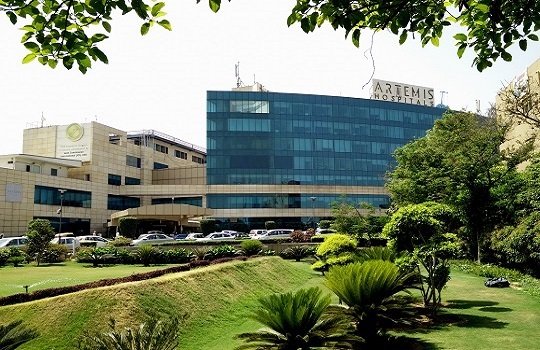An adenoidectomy is a surgical procedure performed to remove the adenoids, which are small masses of tissue located at the back of the nasal passage, near the throat. This surgical intervention is typically recommended for individuals, often children, who experience chronic or severe adenoid-related issues, such as recurrent infections or obstructed breathing.
Key Aspects of Adenoidectomy:
- Indications: Adenoidectomy is considered in the following situations:
- Recurrent Adenoiditis: When an individual experiences frequent and severe adenoid infections that do not respond to antibiotics or other treatments.
- Obstructed Breathing: Enlarged adenoids can obstruct the airway, leading to breathing difficulties, particularly during sleep. This condition is sometimes referred to as pediatric sleep-disordered breathing.
- Ear Infections: Adenoids can play a role in recurrent ear infections (otitis media) and fluid accumulation behind the eardrum. Adenoidectomy may be recommended in conjunction with ear tube placement (myringotomy) for some children.
- Chronic Sinusitis: In cases where chronic sinusitis is related to adenoid enlargement and infections.
- Surgical Technique: Adenoidectomy is typically performed using a curette or suction instrument. The surgeon accesses the adenoids through the mouth, avoiding external incisions.
- Anesthesia: Adenoidectomy is usually performed under general anesthesia, especially in children, to ensure that the patient is asleep and comfortable during the procedure.
- Recovery: After the surgery, patients may experience a sore throat, mild discomfort, or a nasal quality to their voice. Recovery times are relatively short, with most individuals able to return to normal activities within a few days to a week.
- Risks and Complications: Adenoidectomy is generally safe, but it carries certain risks, including bleeding, infection, and adverse reactions to anesthesia. Follow-up appointments are essential to monitor the healing process.
- Benefits: Adenoidectomy can provide relief from the symptoms associated with chronic adenoid infections, improve breathing, and reduce the frequency of ear infections.
- Alternative Treatments: Before recommending an adenoidectomy, healthcare providers may explore non-surgical treatments, such as antibiotics or other medications, for individuals with adenoid-related issues.
- Pediatric Adenoidectomy: Adenoidectomy is a common procedure in children, as adenoid issues often occur in childhood. It is important for pediatric patients to receive specialized care tailored to their age and size.
Adenoidectomy is a surgical procedure that can provide significant relief for individuals, especially children, with chronic adenoid-related health problems. It is essential for patients and parents to discuss symptoms and treatment options with an otolaryngologist (ear, nose, and throat specialist) or an appropriate healthcare provider to determine if an adenoidectomy is the appropriate course of action for their specific condition.









